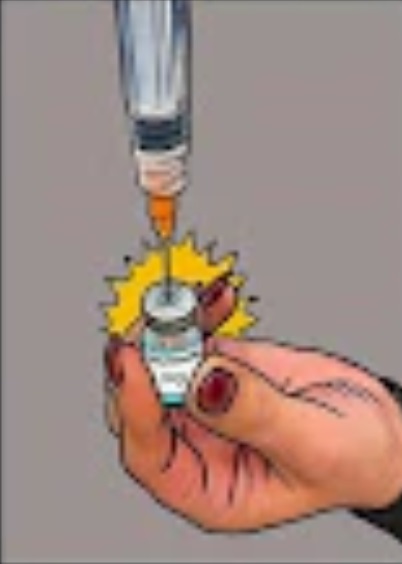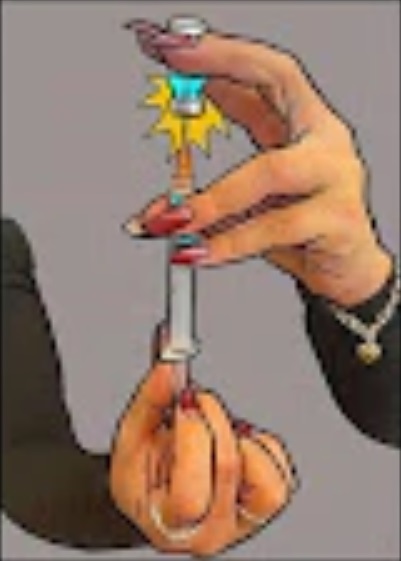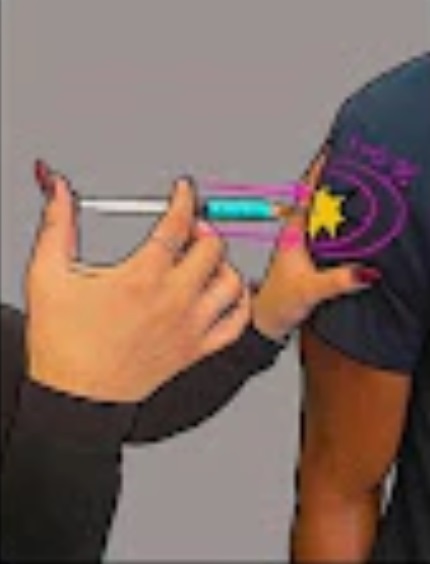Help us live our mission.
Promise Resource Network is a nonprofit organization whose mission is to transform the approach to recovery from mental illness, substance use, and trauma, by focusing on wellness, not illness. Your donation will help us live our mission every day through individualized recovery support, education programs and advocacy, allowing us to change lives and change the way society approaches recovery.
WE HEAR YOU 24/7 – Confidential peer support serving North Carolina. Call us at 1-855-PEERS NC (1-855-733-7762).










